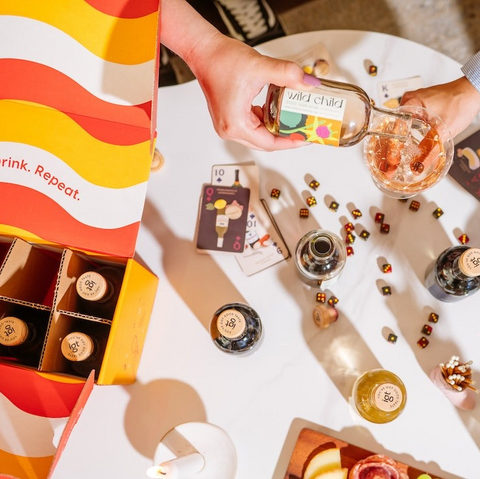What is Prosecco Wine?
Light and refreshing, fruity and fun, Prosecco is the sparkling wine that many reach for as a go-to companion to accompany a delicious brunch, appetizer, or sunny day with good company. To get the most appreciation and enjoyment from this crowd-pleasing bubbly, we’re going to take you on a journey through the history and origins of the popular Prosecco. We’ll also take a look at how it’s made, how to properly serve Prosecco, and what to look for when tasting this delightful sparkling wine.
History and Origin
Prosecco wine, whose origins hail from Northwest Italy, is named after the village Prosecco in the province of Trieste, Italy. The first known mention of Prosecco was documented by Englishman Fynes Moryson, who was visiting the north of Italy in 1593, and used the spelling ‘Prosecho.’ The spelling that we are familiar with today was written in 1754 by Aureliano Acanti in his book Il Roccolo Ditirambo.
For centuries, Prosecco was virtually unknown outside of Italy until the turn of the 21st century. It was introduced to the American market in 2000, and experienced a steep increase in sales around 2008. Now, the United States purchases 98 million plus bottles of Prosecco per year. What can we say, we love our bubbly!
Typical Grape Varietals and Processing Tradition
Prosecco is predominantly a single varietal and is made with a grape of the same name, although it is sometimes referred to as the Glera grape. Rules do allow for up to 15% of Prosecco wines to be made with other permitted varieties of grapes.
Wait, rules? Well, yes, there are rules to making Prosecco, which are described by two different classifications in Italy; DOC and DOCG. DOC stands for denominazione de origine controllata (controlled destination of origin) and DOCG stands for denominazaione de origine controllata e garantita (controlled and guaranteed destination of origin). Both of these classifications set strict standards for the production and origin of Prosecco, and it is not considered authentic Prosecco without meeting these standards. Prosecco doesn’t play around!
To achieve its fun bubbliness, Prosecco undergoes a second fermentation where yeast is added in large tanks. This is referred to as the Charmat or tank method.
You may also be wondering if Prosecco is a sparkling wine, how is it different from Champagne? The main difference is how and where they are produced, and the types of grapes that are used. Champagne can only come from Champagne, France, and Prosecco can only come from Italy. Prosecco uses Prosecco grapes, while Champagne uses chardonnay, pinot noir, and Pinot Meunier. Instead of the Charmat method during the second fermentation, Champagne uses what is called the traditional method.
How to Serve Prosecco
For the best tasting glass of Prosecco, make sure that your bottle is chilled. This will accentuate some of the crisp flavors and bubbles in your glass. On the topic of glasses, your Prosecco will taste best in a tulip-shaped or white wine glass. This shape will allow the wine to breathe and put forth all of its delicious flavors.
Feeling hungry? Then there’s good news! Prosecco is an easy-going wine that gets along and pairs nicely with several different foods. It works well with appetizers, salads, charcuterie boards, flavorful international dishes, shellfish, and brunch staples.
See, Taste, and Smell Notes
Prosecco is known for its light, fruity simplicity. It has very floral aromas that are often described as sweet and honeysuckle-like. Taste-wise, Prosecco has medium to high acidity with a prominent fruity character. Many describe the flavor as having notes of lemon, citrus, green apple, and pear.
Prosecco is also known to have a dry or off-dry level of sweetness, often thought to be sweeter than its French cousin, Champagne. Levels of dryness are described on a scale that goes as follows; brut, extra dry, dry, and demi-sec, with brut being the driest and demi-sec being the sweetest.
Your new brunch companion may just be a bottle of Prosecco. Pop open a bottle, sit back, and enjoy!








